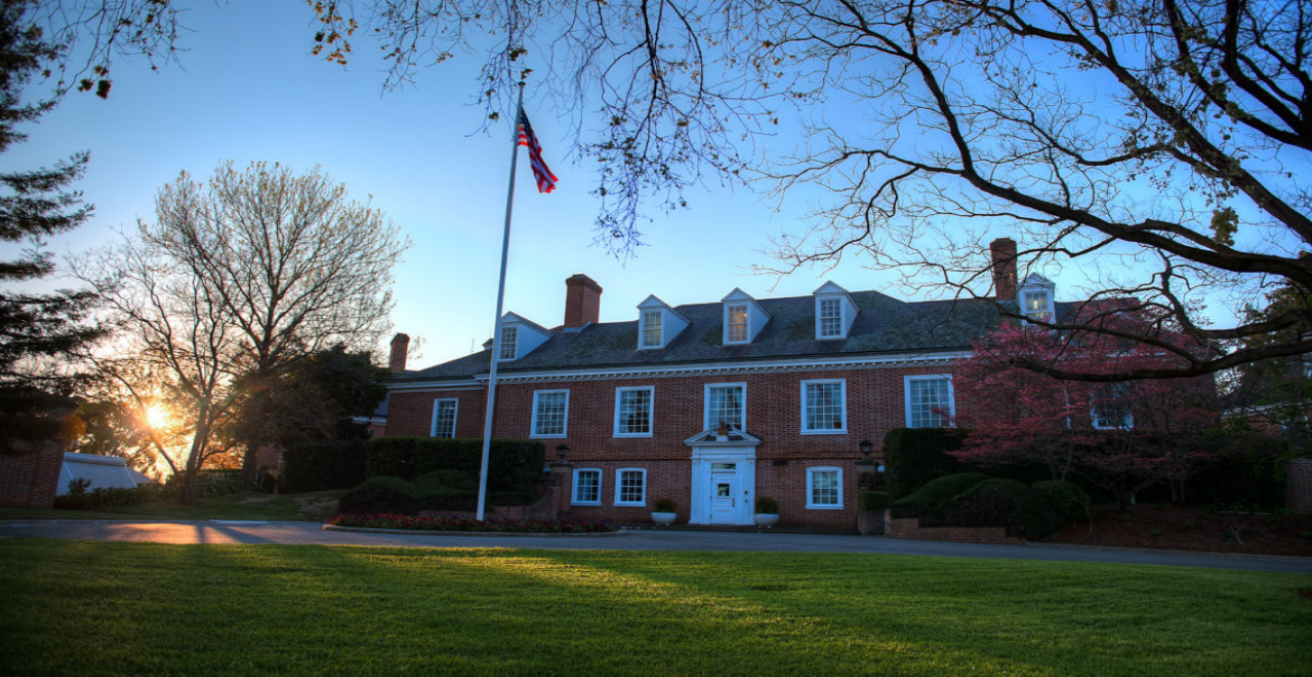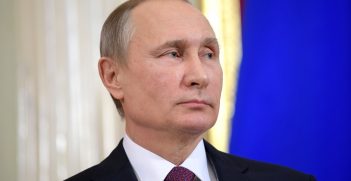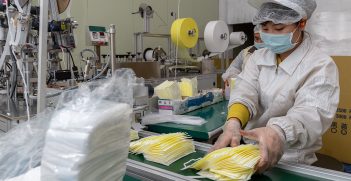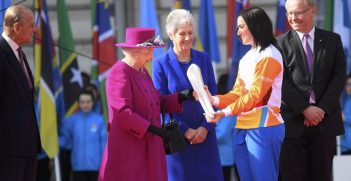Empty Chairs at the High Table: A Diplomatic Explainer

There hasn’t been a US ambassador in Canberra for more than two years. Should Australia feel snubbed?
The post of United States ambassador to Australia has now been vacant for longer than at any time since the two countries established formal diplomatic relations. But when it comes to vacant diplomatic posts, the United States is not alone. Amongst the 109 states that have an embassy or high commission in Canberra, 20 of them currently have their top diplomatic post vacant and nearly half of these have been so for more than a year.
The role of diplomatic representatives
The role of ambassadors is to represent their country and promote its interests abroad. As heads of a diplomatic mission, they are the most senior official representing their country in a host state or international organisation. If an ambassador is absent or the position is vacant, a chargé d’affaires – or an acting high commissioner in the case of diplomatic exchanges between Commonwealth countries – is appointed as the head of the mission. In most circumstances, this position is taken on by the deputy head of mission who is usually a career diplomat and well-versed in the running of the embassy.
How does a vacancy occur?
In most circumstances, a vacancy comes about when an ambassador is called home or their posting comes to an end. This can lead to a period of transition while a new ambassador is appointed. At times of heightened tensions, it is possible states may downgrade their diplomatic relations by withdrawing their ambassadors.
How long does it normally take to fill vacant posts?
Professor Sandeep Gopalan at Deakin University said diplomatic posts are normally filled in a matter of months, and often replacements are found even before the post is vacated.
Amongst the vacant posts in Canberra, the prolonged absence of a US ambassador has drawn the most attention. In the 70 years since the post was first filled by Robert Butler in September 1946 until John Berry departed in September 2016, the US ambassador has stayed in Canberra for an average of nearly 31 months, and it has taken an average of six months to fill the position. The position has currently been vacant for more than two years – longer than at any time since the two countries elevated their diplomatic relations to embassy status.
By comparison, since the first US ambassador was posted to London in 1893, diplomats have stayed in the top job there for an average of approximately 41 months, and it has taken the United States on average three months to fill the post. Similarly, since the United States first re-posted an ambassador to Japan after World War II in 1952, they have stayed in the post for an average of 45 months, and it has taken an average of four months to fill the position.
Why might ambassadorial posts be left vacant for so long?
When looking at vacancies in ambassadorial posts, it is important to take into account the context in each situation. Vacancies may have more to do with conditions in the sending state than the status of the bilateral relationship between states.
In line with precedent, the Trump Administration recalled those ambassadors who were political appointments of the preceding president when it came into office. But in a break with precedent, the administration did away with any grace period and made the terminations effective as of inauguration day. This meant there were many more immediate vacancies while replacements were nominated and approved by the Senate.
Because the Trump administration was seeking to trim the State Department and cut back on its engagement overseas, filling these posts has not been an immediate priority. As well as vacancies overseas, the administration has had many positions to fill in Washington.
According to the State Department, the United States has 163 ambassadorial posts which, with additional accreditation, cover 191 states worldwide. Of these posts, 52 currently have a vacancy (factoring in ambassadorial postings with additional accreditation, there are 58 states without an ambassador). Nine of the 20 ambassadorial posts to international organisations are also vacant.
Professor John Langmore at the University of Melbourne, a former member of the federal parliament and director of the United Nations Division for Social Policy and Development in New York, said that from his experience in dealing with government officials abroad, it is likely many potential ambassadorial candidates in North America and Europe may not see Australia as a particularly desirable posting. Many high-ranking officials would prefer postings which are perceived to be more prestigious such as London, Berlin, Tokyo or the United Nations. Australia is also likely a relatively expensive posting for many countries, and prolonging vacancies could be a cost-saving measure for cash-strapped states.
Venezuela is currently the only country that has had its post in Canberra vacant for longer than the United States. In September 2017, the Canberra Times reported on the eviction of the Venezuelan diplomatic mission from its former embassy over a rental dispute said to be in the tens of thousands of dollars. According to the report, the dispute led to the landlord blockading the embassy. The blockade is then reported to have escalated into an unlikely international incident when visiting Venezuelan cross country skier César Augusto Baena Sierraalta got into an argument with the elderly landlord and punched him in the face. Baena later pleaded guilty in the ACT Magistrates Court to common assault over the attack but avoided conviction.
Does it matter if ambassadorial posts are left vacant?
It is preferable to have ambassadorial posts filled, but vacancies are not necessarily devastating for bilateral relations between states.
“As a general rule, I would say that it does matter,” said Professor Langmore. “Because it’s important that, in our dealings with any country, we have mature, informed intermediaries. And that’s what a good ambassador is supposed to be.” But in cases where a chargé d’affaires is a career diplomat and is acting in a role that may be filled by someone who is a political appointment or donor to a political campaign, they may well be more qualified than an ambassador.
In a time of heightened international activity when states are dealing with so many competing conflicts and concerns, it is something of a luxury to not have to worry about bilateral relations with a relatively stable country like Australia.
How has the role of ambassadors evolved today?
Professor Gopalan sees the role of ambassadors in modern diplomacy as having changed. He said, “the reality in the modern international relations context is that, largely, the ambassador plays a symbolic kind of role.”
With technological developments such as the internet and the 24-hour news cycle, the traditional monitoring, analysis and reporting roles of ambassadors are now less significant. This has left ambassadors with the more symbolic roles of organising events, networking and face-to-face diplomacy. But these kinds of roles can just as easily be performed by the team of diplomats who run the mission in the absence of an ambassador.
World leaders now come together more frequently. Diplomacy between states happens at so many different governmental levels and at such a wide variety of international fora that the notion of an ambassador as a single point of bilateral contact has far less relevance.
Sean Walker is studying in the Master of Journalism at the University of Melbourne and was recently selected by the AIIA as the 2019 Russell Trood Intern. He holds an honours degree in economics and philosophy from the University of Glasgow and a Master of International Relations from the University of Melbourne.
This article is published under a Creative Commons Licence and may be republished with attribution.





